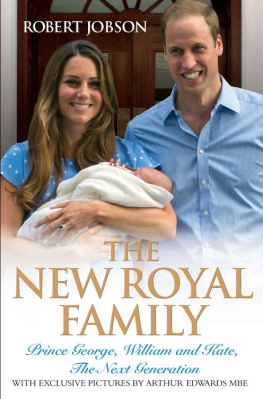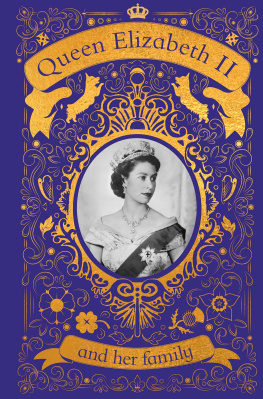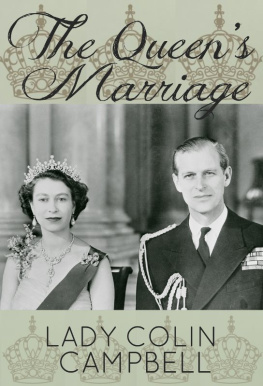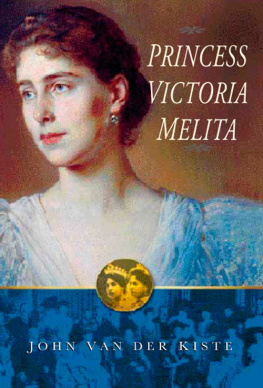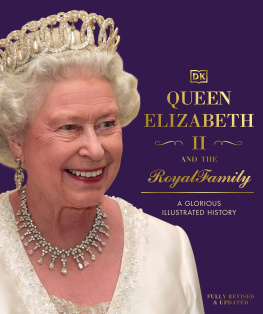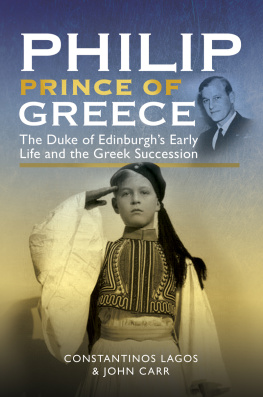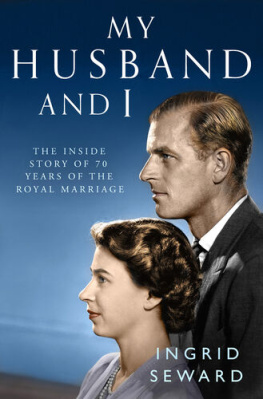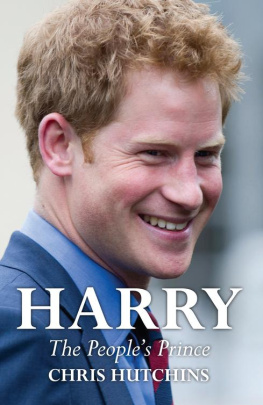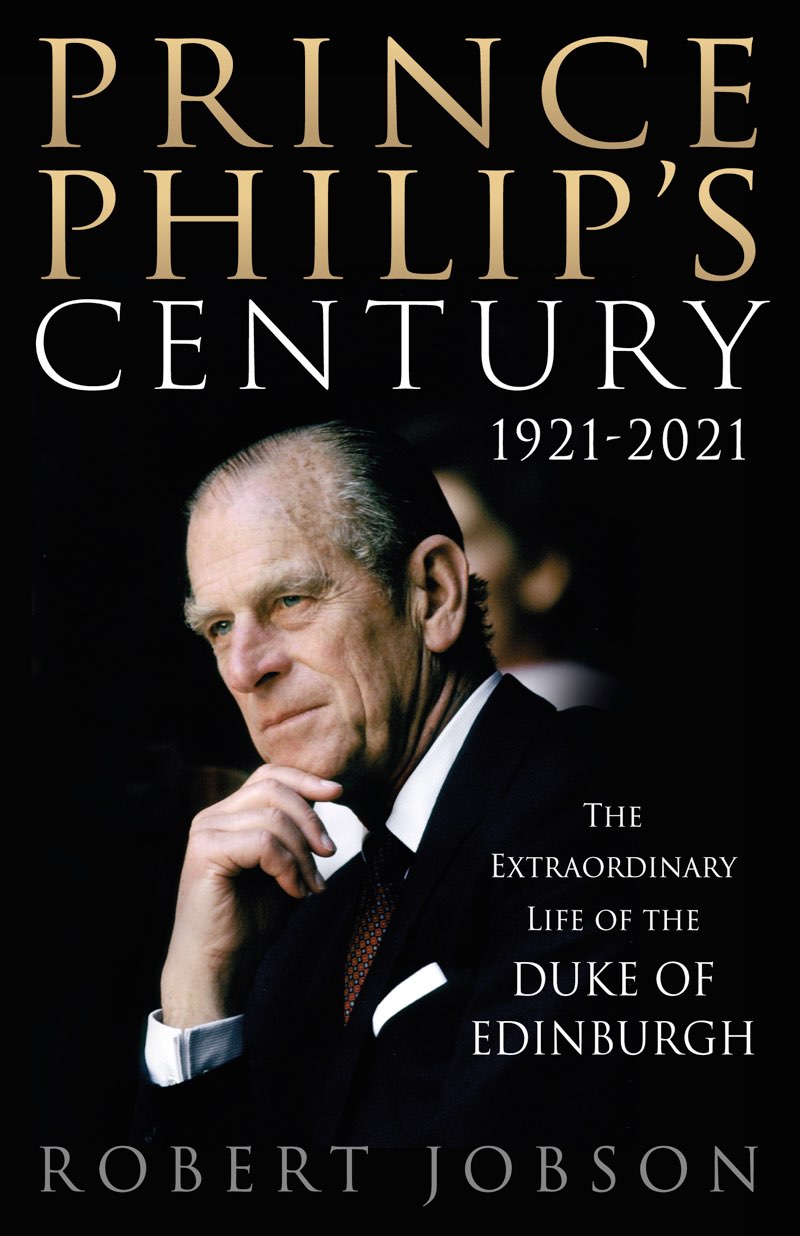There is nothing like it for morale to be reminded that the years are passing ever more quickly and that bits are beginning to drop off the ancient frame. But it is nice to be remembered at all.
Philips response to being awarded an Oldie of the Year Award in 2011
Throughout his long and eventful life, Prince Philip had been a stickler for precision and military detail. The arrangements for his death and funeral, he vowed, would be no different. He could not abide commotion and confusion. He loathed it as much as he did in receiving personal praise. His mantra in life had, after all, always been, Just get on with it.
Philip was as pragmatic about death as he was practical in life. His first instruction was that he would not die in hospital, but at Windsor Castle, his home. Further detailed instructions for his own funeral, known by the codename Operation Forth Bridge, were to be carried out to the letter and were incontestable. He ruled that there would be no state service at Westminster Abbey, even though as the Queens husband he was entitled to one, nor would his body lie in state. Instead, Prince Philip settled on having a ceremonial military funeral at St Georges Chapel, Windsor, the high-medieval Gothic style Royal Peculiar and the Chapel of the Order of the Garter, located in the Lower Ward of the castle built in 1475. In addition, the duke instructed that a palace official should not confirm or deny anything about his death until the designated footman, dressed in full livery, had attached the framed notice to the gates of Buckingham Palace. Then and only then could the Royal Familys team of communications officers at the palace press office be allowed to break the silence. Everyone with a role in this final piece of solemn theatre knew exactly what to do and when, so that it could be carried out, as Philip planned, with the minimum of fuss. When the COVID-19 pandemic first struck in March 2020 and both he and the Queen were forced to relocate and self-isolate at Windsor he agreed to simplify the funeral arrangements still further should anything happen to him. He never liked loose ends.
Robust and controversial, Prince Philip inevitably had detractors. They preferred to focus on his so-called gaffes, perceived blunders and crotchety remarks, rather than his huge achievements. He deserves his place in history on merit. Reducing Philip to a caricature of himself is a gross misrepresentation of one of lifes great characters, leaders and innovators and does him a disservice. He often uttered his risqu comments simply to liven up dull proceedings, and at boring official events he often drew a laugh by saying: Youre going to see the worlds most experienced plaque unveiler at work. He once got a roar of laughter from the crowd on a visit to Canada in 1969, I declare this thing open, whatever it is. He would tell advisers that when he entered a room, he would look along a line and select one person he would try to make laugh.
I was fortunate to have met the Duke of Edinburgh many times in my capacity as a royal correspondent and author, both in public and private. He was president of my London club, the Naval and Military Club (known as the In & Out club) at 4, St James Square. Indeed, Naval history remained a keen interest throughout his life. He was appointed a Trustee of the National Maritime Museum in 1948. He was instrumental in saving the tea clipper Cutty Sark now a museum ship stationed in Greenwich and in establishing the Maritime Trust.
He was funny, sometimes audacious, and sharp-witted on each occasion. He didnt care about offending the politically correct brigade and spent even less time on any criticism they may have thrown his way. As for the ladies and gentlemen of the press, he had even less time and, despite having a number of friends who were journalists in his earlier years, took to referring to them as The Reptiles. In 1983 in Bangladesh, the Queen and the duke were standing in the garden of a government building to meet guests waiting in line for a cocktail party. Ashley Walton, the then royal correspondent of the Daily Express, was with other members of the travelling Royal Rat Pack of reporters at the end of the line. Philip, not realising he could be overheard, turned to the Queen and grimaced: Here come the bloody reptiles!
When asked if he felt the press has been unfair to him or misrepresented him, he said, I suppose, yes, occasionally but I think it has its own agenda and, and thats it, you just have to live with it. He saw journalists as fair game, as they saw the royals in a similar light. Whenever he came into direct contact with one, he would toy with his prey, but just like a cat with a mouse he was not actually playing.
When he was guest of honour at the 60th birthday dinner of the Foreign Press Association in London in 1948, he described journalists as the peoples ambassadors but then added caustically: I often wish the people didnt want to know quite so much. The Parliamentary Press Gallery invited him as its guest of honour in 1956 and asked for his views on journalists in general. It is very tempting, said the duke, but I think I had better wait until I get a bit older.
Indeed, he had been making jokes at the expense of the press for years. Looking at the Barbary apes on a visit to the Rock of Gibraltar in 1950, accompanied by a posse of press, he joked, Which are the apes, and which are the reporters? Even senior journalists who had been invited to his home were not safe. I remember at a media reception held at Windsor Castle in 2002 to mark the Queens Golden Jubilee, which I attended, he was on top form.
Who are you? he demanded of Simon Kelner.
Im the editor-in-chief of The Independent, sir.
What are you doing here? asked the duke?
You invited me.
Well, you didnt have to come!


